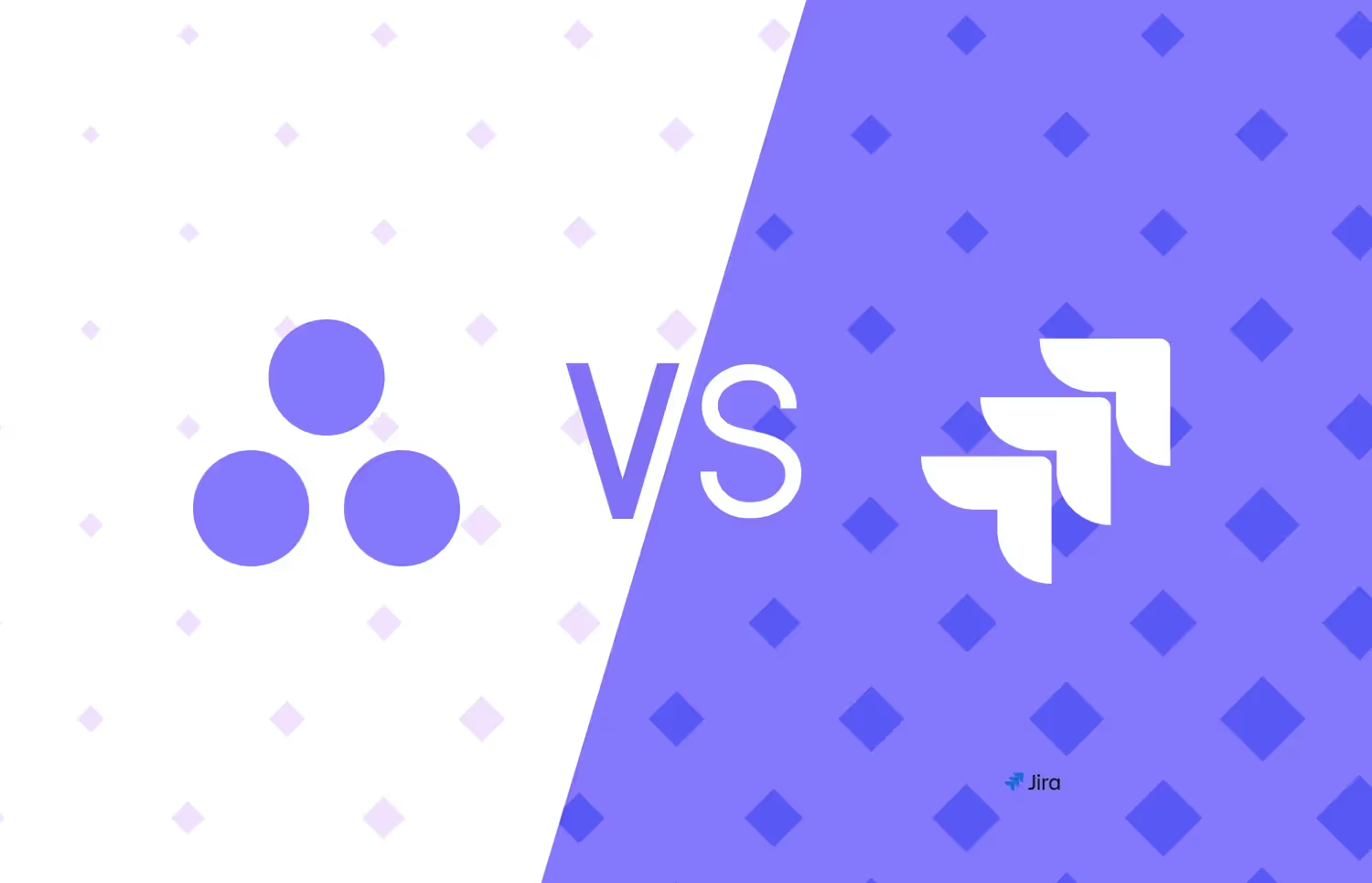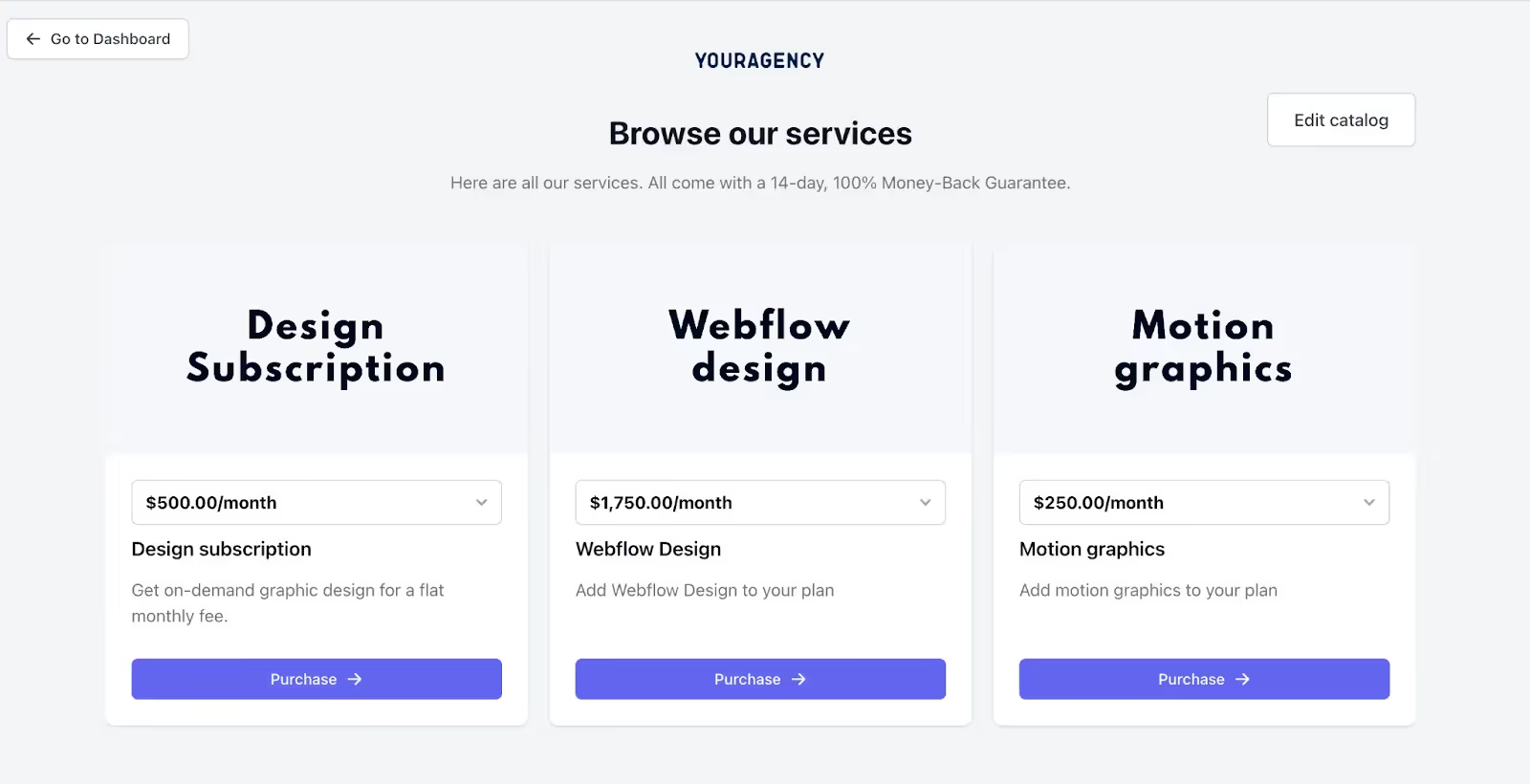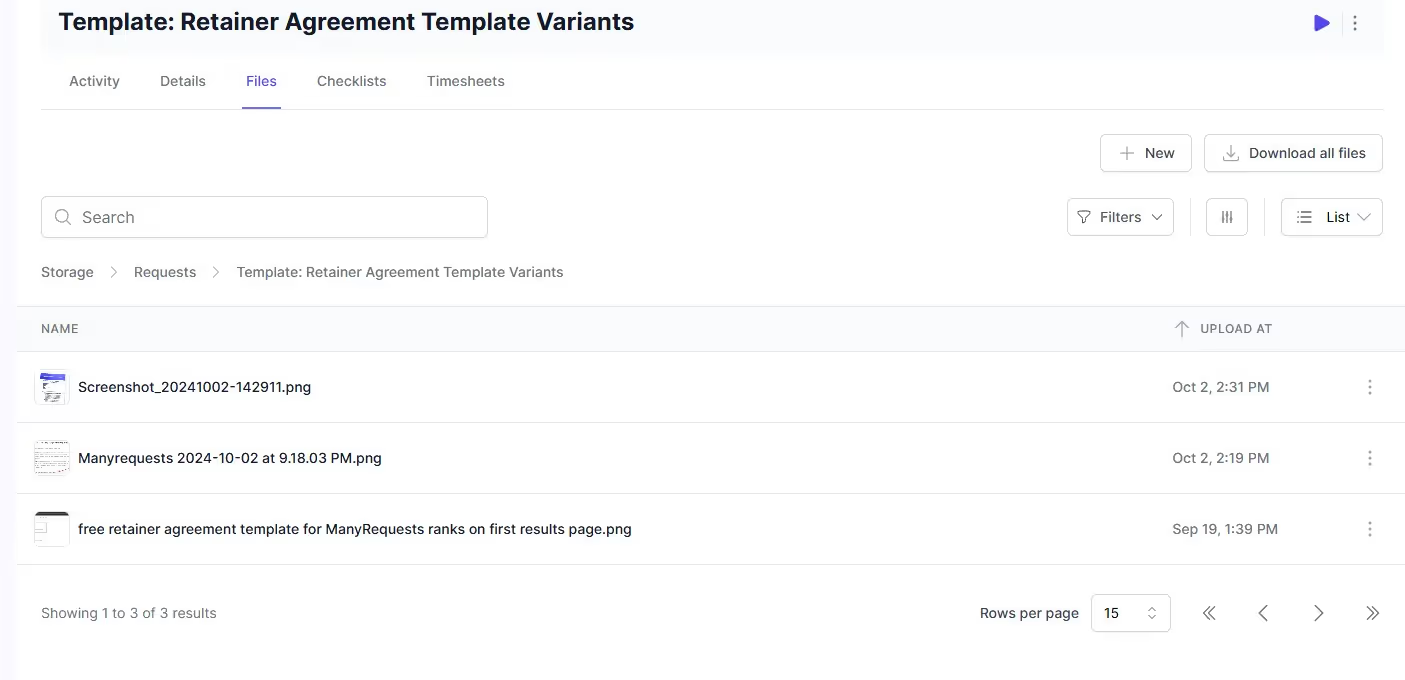Asana vs Jira for Creative Agencies: In-Depth Comparison [2025]
Asana vs Jira: Compare features, pricing, and client collaboration for creative agencies. Find the best tool for your team in this in-depth 2025 review.




Asana and Jira are powerhouse project management tools your agency might not need.
This is because the best project management software for creative teams should have a client portal to collaborate faster with clients, track billable hours, create automatic invoices, and receive payment without additional software.
Regardless, I’ll compare Asana vs Jira project management and collaboration features and explain why you might need either. I’ll also introduce an alternative designed for creative agencies: ManyRequests.
At a glance, here’s an overview of the three software:

Asana is a project and task management tool that helps teams organize, track active projects, and manage their work's lifecycle. It allows you to create projects, assign them, set deadlines, and collaborate with your team instantly.
It's largely used by companies with multiple departments (say marketing, legal, sales, customer success, dev, etc.) to track task dependencies, monitor all projects and resolve them without friction or unnecessary backlogs.
How does Asana work?
Asana has five views for tasks:

Source: Asana
Each task in Asana has these options:
The downside for agency owners: Asana doesn't have design annotation features. This means you need an external tool like Maker.io to collect precise feedback on visual tasks, which adds more steps to the workflow. You will also need a client portal to collect client feedback and collaborate faster.
Team members can @mention each other in comments to get quick input from someone else. The tagged individual receives a notification in their inbox and email.
Teams also get a shared workspace for each project. This is where you save project briefs and design assets and discuss them with others on your team. Project managers can post progress updates that everyone sees to reduce inquiries about “Where are we with this project?”
Asana also has a workload view that shows the person assigned to tasks and when those tasks are due. This helps managers spot if a designer has too many assignments and how they can redistribute the workload.
For client collaboration, however, you must rely on links and files. Clients can't directly add feedback on your designs or content or approve work within Asana.
Asana lets you automate a lot of things, some of which include:
1. Forms: You can create custom forms to gather work requests. You can add specific fields like text boxes, dates, or dropdown menus.
When someone submits a form, Asana automatically creates a task and assigns it to the right person. It all depends on the rules you set:
2. Rules: You can set "if this, then that" automations. When something happens (the trigger), Asana performs an action. For example:
3. Templates: You can create reusable project outlines. Each template includes standard tasks, timelines, and assignments. When you start a new project, you pick a template, and Asana sets everything up based on the fields in that template.
4. Bundles: You can package processes, rules, and workflows into reusable sets. This helps your team follow the same steps on different projects. Here's how that works:
For example, your marketing team creates a campaign bundle. It includes:
Now, your team in London uses the same process as your team in Tokyo. The bundle is updated immediately when the project lead or VP changes anything. The new workflow is automatically rolled out to every team.
5. Reporting Dashboards: This is where you see all progress in real time. You choose what data to show and how to display it.
Here, you can view all tasks, due dates, the project lead for specific tasks, and other information to get a high-level report on what everyone in the organization is working on.

Source: Asana
Asana has five pricing tiers:
👉🏼 Note: Only the advanced plan has time tracking, workload, and advanced reporting features, which are available in the base plan of an Asana alternative like ManyRequests.
Also, for context, a team of 10 will pay $304.9/month on the advanced plan. Using an alternative like ManyRequests, you’ll pay $399/month and access a white-label client portal, white-label email, and the ability to connect your affiliate software to ManyRequests.
Learn more about ManyRequests here, and sign up for a 14-day free trial.

Source: Jira
Jira is project management software for creative teams and, mostly, companies that track bugs, plan sprints, and release software products. It’s all about seeing an issue go from troubleshooting to actual resolution.
Just to mention, Jira wasn't built for creative agencies—the primary targets are IT teams who need structured agile project management. So, while agencies can use Jira, it won't cater to specific needs that might improve your operations through a white-label client portal or design annotation features.
What does Jira offer?
Jira has three project views to manage work:
Read more about different project management methods for your business.
But here's the downside: These views help organize work but are built around software development concepts. Your team must adapt to terms like "epics" and "sprints" to fit design or content creation workflows. While Jira is good for software development agencies, it doesn't have a design annotation feature, and you cannot onboard clients because it doesn't have a client portal.
Jira organizes work through a hierarchy of tasks designed to handle complex project management:
1. Issue Types: Each task in Jira is called an "issue." Large projects (epics) break down into smaller subtasks. For example:
These subtasks (child issues) are flexible—you can create custom issue types for your specific needs.
To assign work:
Jira integrates with design tools like Adobe XD, Figma, InVision, and other project management platforms to streamline workflows.
Jira lets you automate repetitive tasks, so your team focuses on important work. You create rules that trigger specific actions automatically when certain conditions are met. Here's how it works:
Rule Creation: You set "if this, then that" style rules. For example:
Trigger Types: Jira watches for specific events to start automation:
Cross-Tool Integration: Jira connects these automations with tools like Slack for notifications, Microsoft Teams for updates, GitHub or Bitbucket for code tracking and other project management tools.
The downside for creative agencies: Like Asana, Jira doesn’t have a design annotation tool, so clients must use external markup tools to review designs and leave precise comments. It also doesn’t have white-label options, so you can't brand the platform as your own.
For a team size of 10…
👉🏼 Note: Access to role and permission features starts with the Standard plan. You can also give people outside your organization anonymous access to Jira projects.
However, for context, the Standard plan costs $86/month, and Premium costs $170/month for a team of 10. All these without a white-label client portal and email, as well as the ability to automate invoicing and billing and connect your affiliate software to ManyRequests.
As an agency, you also won’t be able to productize your services as you can with ManyRequests.

Now that you know what you can do with Asana vs Jira, here's an alternative: ManyRequests.
ManyRequests is one of the best project management software for creative teams. It’s like any other project management tool, but it focuses on how you can better work with clients and your teams. It also automates invoice and payment processes. You can showcase your productized services so clients can “serve themselves” without your intervention.
This is why Sharon J., writing on G2, says ManyRequests is the best project management system … with the customization options we require, time tracking, checklists, ticketing and feedback from our clients, which helps us to combine everything in one place.

Here are some admirable features of ManyRequests:
ManyRequests has a portal where you can host your clients. Once they pay for your services, you can email them a login link.
Here, clients can submit requests through the custom forms, and the portal automatically creates tasks with project details, deadlines, and other requirements.
You can toggle to the Checklists to add a list of items your assignee must check before submitting a task.

With the client portal, you can collect all relevant information, save it in the Files section, and always refer to it when you need information from the client. This avoids long email threads in which you must scroll through messages to find an actual file.
Another smooth feature of the client portal is the Service Catalog. You can categorize your services into four or more packs of services and “sell” them to clients. Here’s what that looks like:

You can add full details about each service and choose if you want to be paid for them upfront, hourly, or at the end of the project. There’s also an option for a trial period if that’s an approach you like:

You can then share links to these services, and once clients pay, you'll receive your money through the Stripe integration on ManyRequests. Here’s what the link looks like for one of our clients, Teamtown:

ManyRequests organize tasks in a list and Kanban board view that shows task status, priority, and deadlines. Here's how it works:
You can either create a task manually or let the client create it after submitting a custom form for their request. Once the task is created, you can assign it directly to team members (who already have specific permissions based on their roles).
They'll be notified of this new request by email and from their browser, and they can acknowledge the work by changing the status from To Do to “In Progress.”

They can also add files directly in task boxes and use the Files section to see more information on the project.

You can exchange messages with your team through the chat boxes. You can also send private notes that are only visible to team members or the project manager (just in case your client is on the task box and you don't want them to see some messages).

You and your team will receive every message notification by email. This helps improve fast response rate.
ManyRequests organizes creative tasks in boards that reflect their status. When designers complete a task, they move it from "In Progress" to "Pending Feedback."
Here, you or your project managers will see exactly where every work stands without asking them for updates.
When a task is completed, you can tag the client in the task box or send the deliverable to the client through the Message feature. It's like Slack but embedded in your portal.

The client can use the design annotation feature to provide specific feedback on where they want you to edit.
For example, instead of writing a vague "make the second logo bigger," which could prompt the question, “Which logo are you referring to as the second logo?”, they can click the specific logo and type the feedback.
When all feedback is shared, you can tag the right designer in the comments so they can update the design.
Also, ManyRequests integrates with other design tools, such as Figma and Adobe XD. You can add iframes to the ManyRequests task box so that Figma files can be opened instead of just linked to a design file.
In addition, you can automate anything on ManyRequests through Zapier. The advanced analytics feature allows you to view data such as client feedback on each task, project profit, team productivity levels, etc.

You can also use invoicing and billing to automatically get invoices for completed tasks and bill clients without manual effort.

We recommend Asana for medium to large agencies that:
We recommend Jira for tech companies and IT/software dev agencies that:
We don't recommend Asana or Jira if you need the best project management software for creative teams with features like:
Need software that does all these? Use ManyRequests for a 14-day free trial and see how it works.